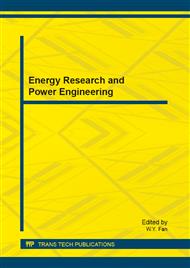p.1133
p.1138
p.1144
p.1150
p.1155
p.1162
p.1167
p.1171
p.1175
Design of Semi Physical Simulation Platform for Autonomous Underwater Vehicle
Abstract:
To verify the system software logic of a newly designed autonomous underwater vehicle and the hardware architecture, data interface and reliability of the intelligent control system, the semi physical simulation platform was established by combining physical simulation of decision layer with virtual simulation of perception and behavior layer. The hardware and software architecture of the simulation platform were explained in detail. The virtual simulations of motion, sensors and physical simulation of intelligent control system were described. Finally, the obstacle avoidance simulation and long voyage simulation tests were conducted, and the platform is important for the success of sea experiments.
Info:
Periodical:
Pages:
1155-1161
Citation:
Online since:
July 2013
Authors:
Price:
Сopyright:
© 2013 Trans Tech Publications Ltd. All Rights Reserved
Share:
Citation:


